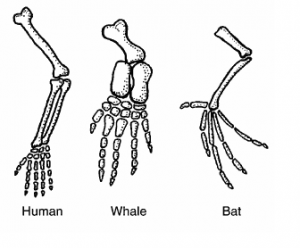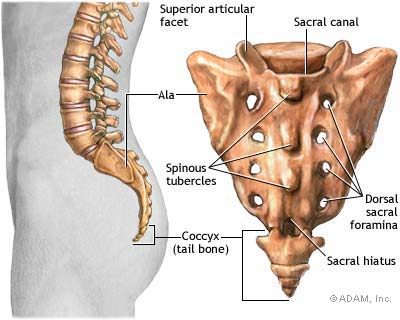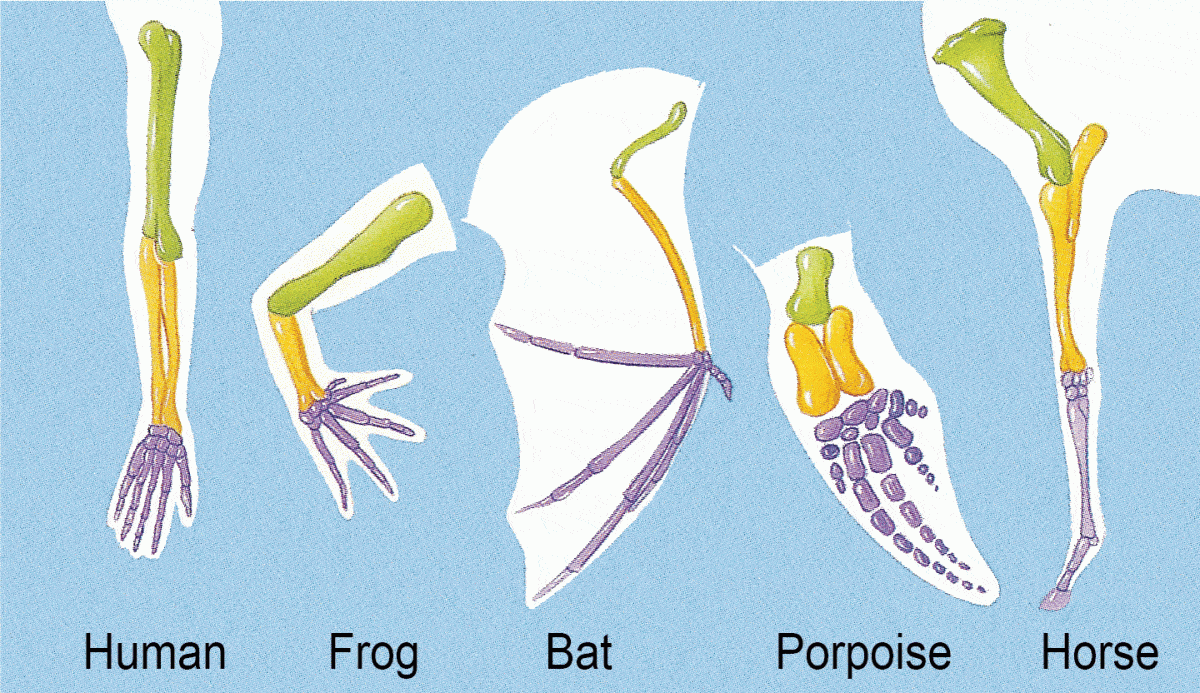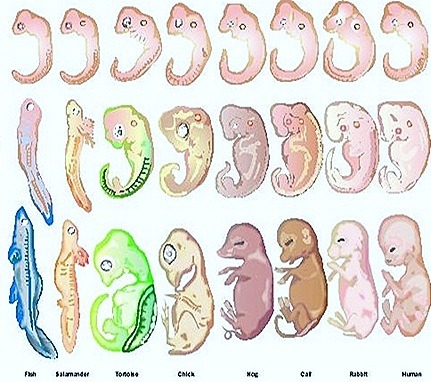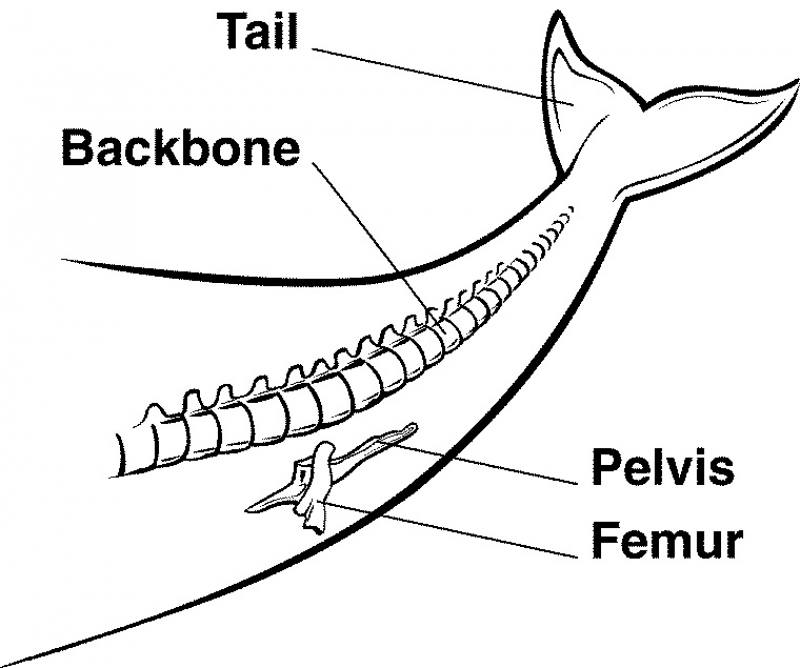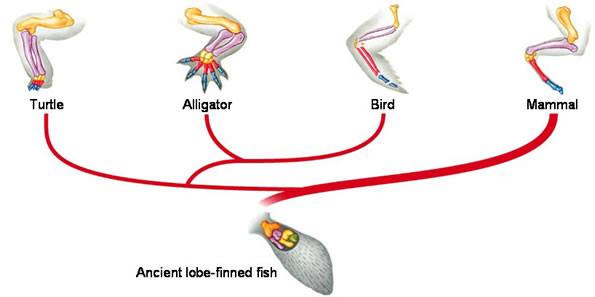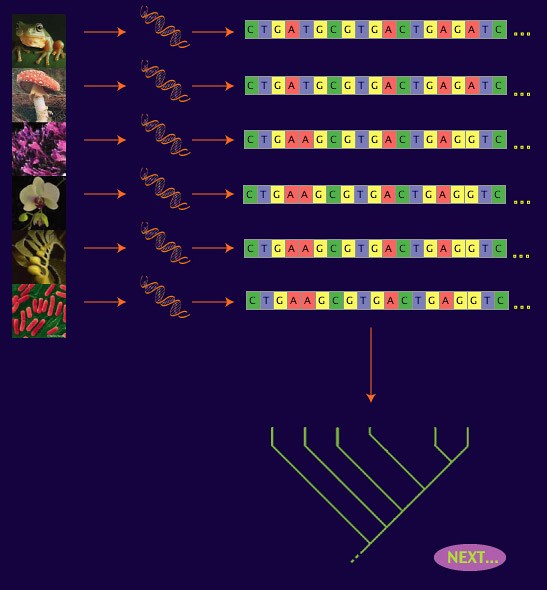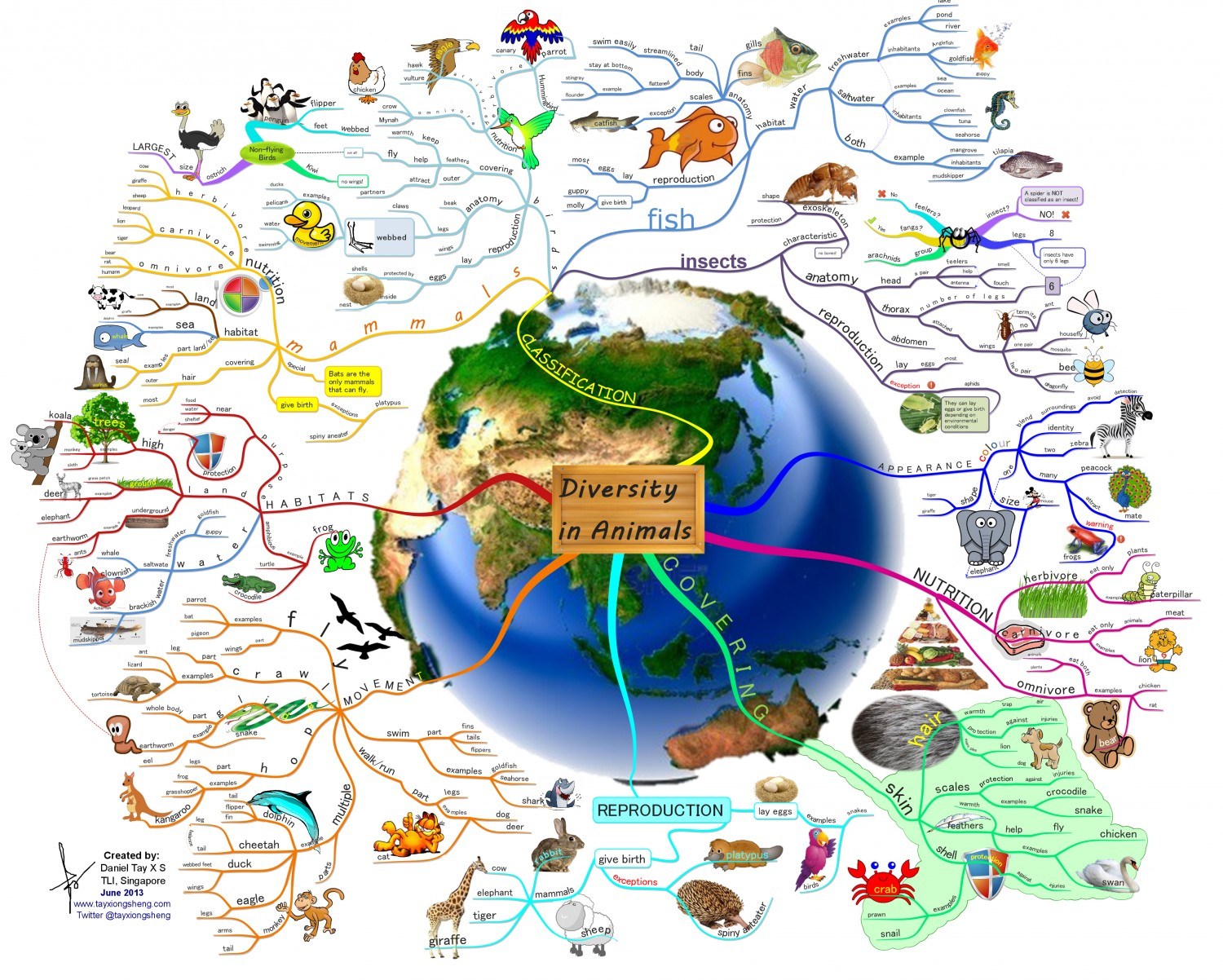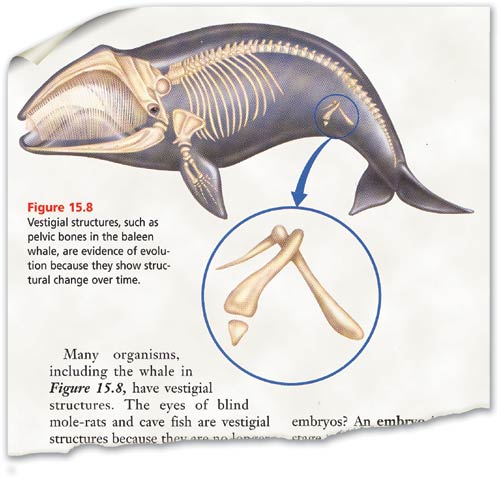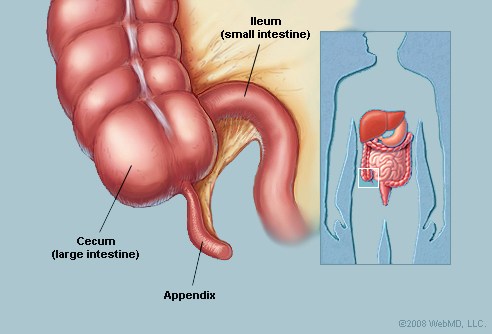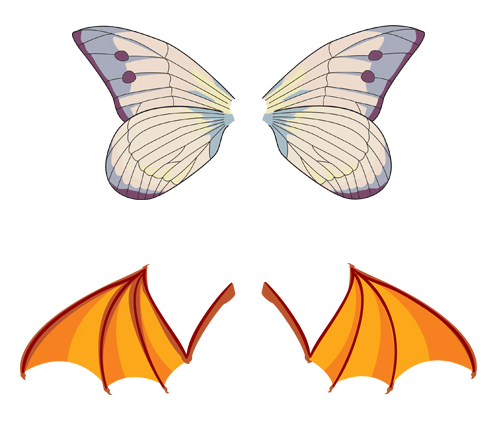
Evidence For Evolution
Assessment
•
Deleted User
•
Biology
•
9th - 10th Grade
•
515 plays
•
Medium
Improve your activity
Higher order questions
Match
•
Reorder
•
Categorization
.svg)
actions
Add similar questions
Add answer explanations
Translate quiz
Tag questions with standards
More options
19 questions
Show answers
1.
Multiple Choice
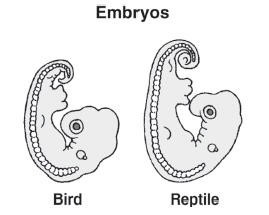
Which of the following can be determined by observing the embryos shown in the diagram
The organisms share a common ancestry.
The organisms belong to the same genus.
The organisms are native to the same geographic areas.
The organisms will grow into anatomically similar adults.
2.
Multiple Choice
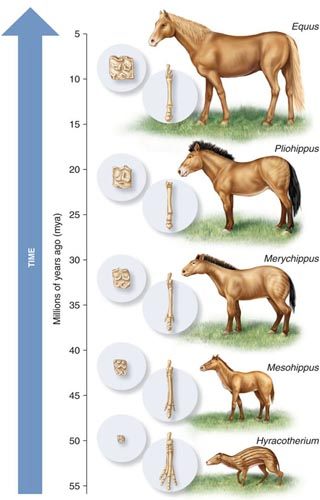
fossil record
comparative embryology
comparative biochemistry
comparative anatomy
3.
Multiple Choice
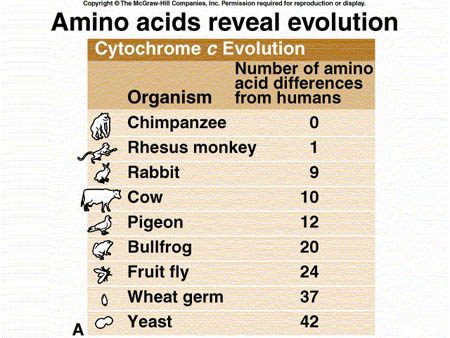
fossil record
comparative embryology
DNA comparison
comparative anatomy
4.
Multiple Choice
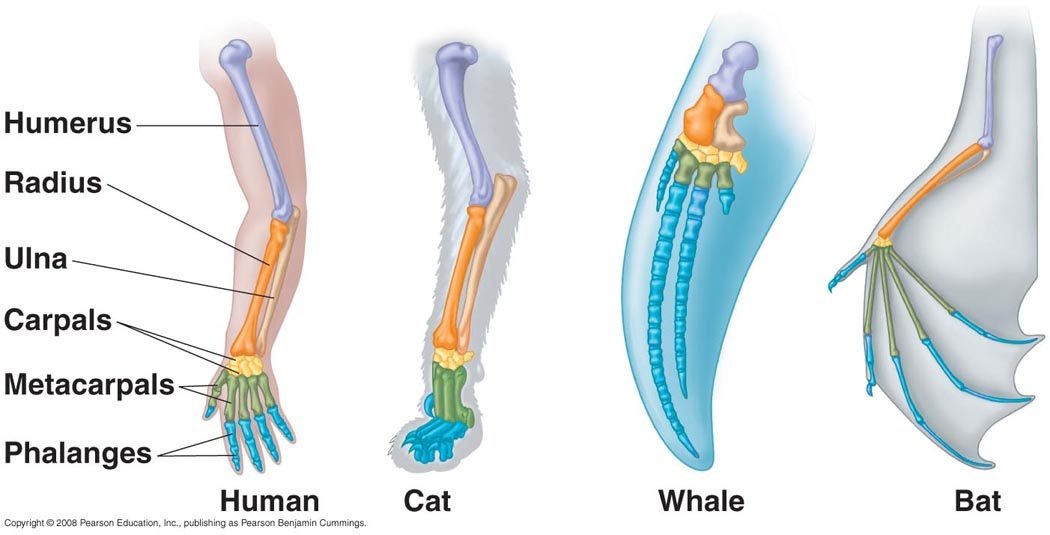
fossil record
comparing embryology
comparing biochemistry
comparing anatomy
5.
Multiple Choice
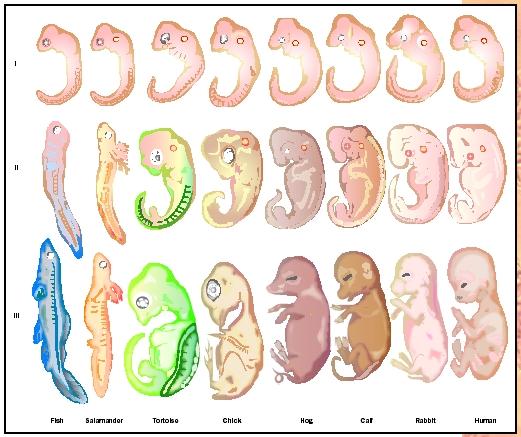
fossil record
comparing embryology
comparing biochemistry
comparing anatomy
6.
Multiple Choice

fossil record
comparing embryology
comparing biochemistry
comparing anatomy

Explore this activity with a free account
Find a similar activity
Create activity tailored to your needs using
.svg)

Evolution
•
12th Grade

Introduction to Ecology & Levels of the Environment
•
6th - 8th Grade

Evolution
•
10th - 11th Grade

Evidence of Evolution
•
9th Grade

History of Life
•
9th - 12th Grade

Evidence of Evolution
•
10th Grade

Evidence of Evolution
•
9th - 12th Grade

Evidence of Evolution
•
9th Grade
